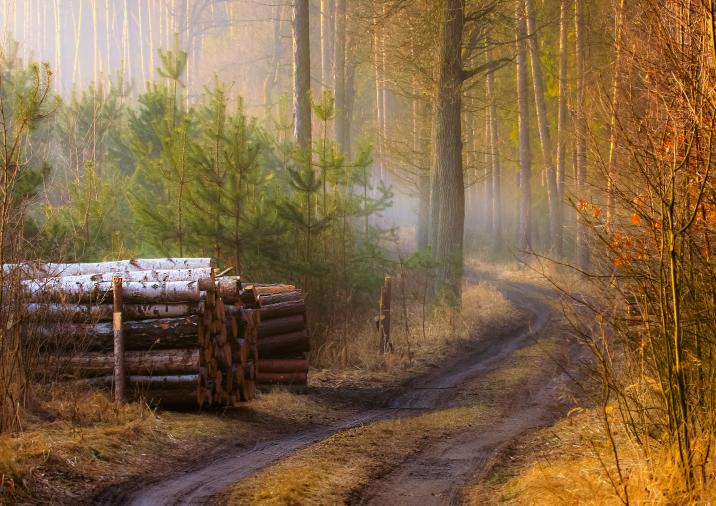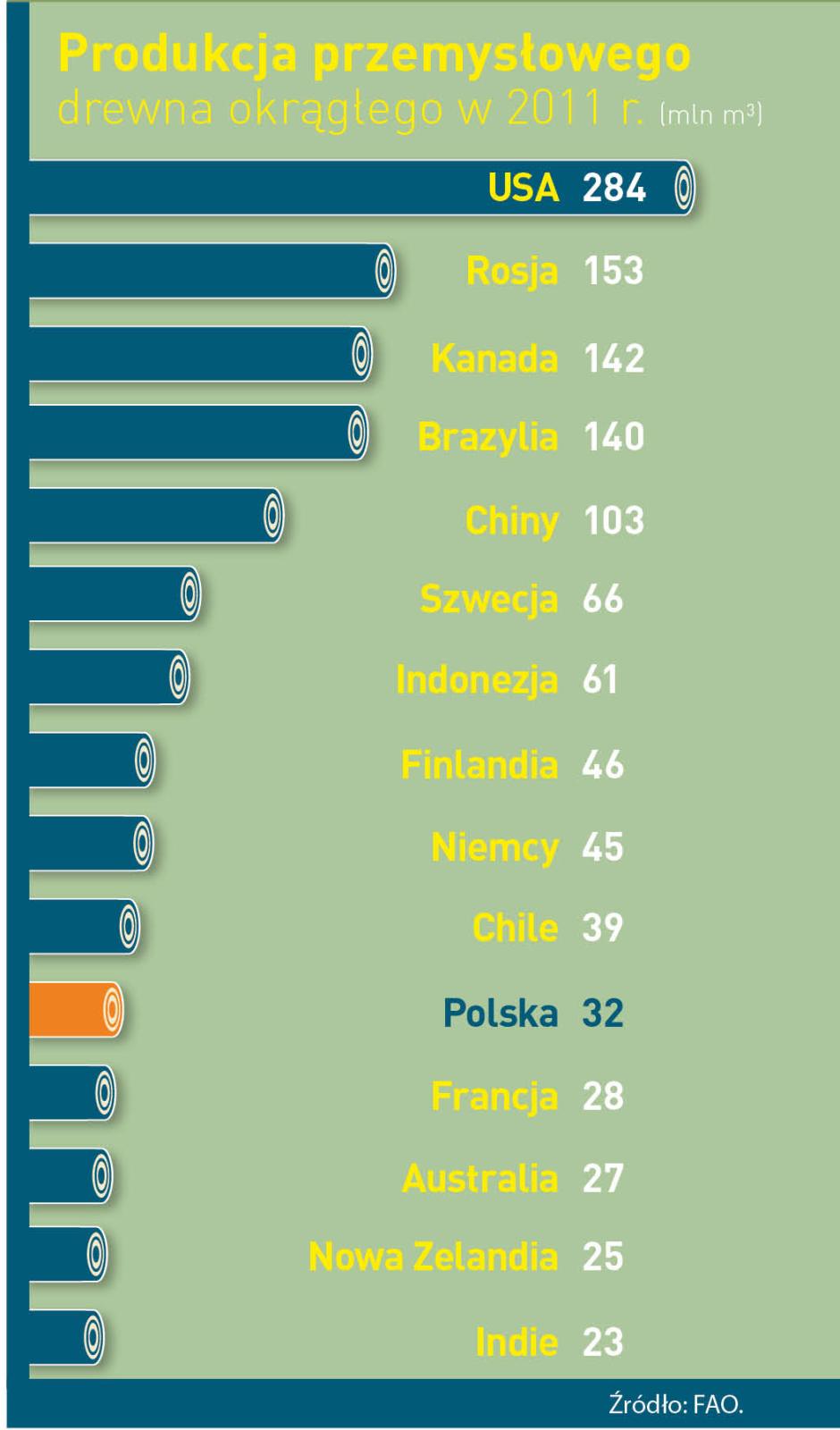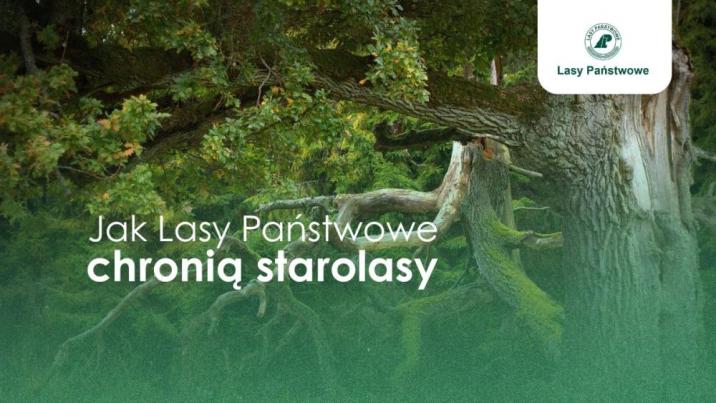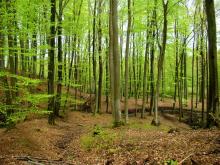 Asset Publisher
Asset Publisher
Polish hit
Polish products made of wood – furniture, window and door frames, yachts or paper and packages – these are real hits of the market.
Our country is the is the 10 largest producer of furniture and the 4 largest furniture exporter in the world. Wood industry sells abroad goods of its approximate value of 45 million zl annually, what constitutes 10 % of the whole Polish export. The measurement of the essential role of forestry and timber based sector in our management is that, it works out about 2 % of GDP (Gross Domestic Product). Not only it gives work to thousands of people, but it is also an engine of investment and of development of innovative technologies. From the beginning of transformation, it drew foreign capital of its value over 30 million zl.
Forest gives work
The State Forests belong to the leading group of employers in Poland. However, both forest and timber provide for workers with several thousand of Forestry Services Companies, which within the contract of mandate deal with, among others, planting trees and their nursing, wood logging and its transportation. And above all cooperate with people employed in several dozen thousand of companies creating wood and furniture industry and paper manufacture. Summing up, it gives as many as 375 thousand of Poles altogether. Statistically, every hundred inhabitant of our country works in the sector connected with forestry and wood processing.
Among private companies of forestry and timber based sector, there are also big companies with the share of foreign capital , and big and medium sized indigenous companies, but 9 of 10 companies in this sector are small plants employing less than 10 people. These are often family companies, cultivating multigenerational traditions connected with forestry and working in less developed regions of the country. There, forestry and wood industry, as well as agriculture constitute the basis of maintaining hundred thousand of families. As many as 600 % of all working places in the forest and wood based sector are located within rural areas.
Forest and wood based sector works out about 2 % of Polish GDP (Gross Domestic Product).
- 2 % of Polish GDP works out forest and wood based sector .
- Poland takes 4 place as the largest furniture exporter and 10 place as the largest producer of furniture.
- 50 % of paper and 9 of 10 pieces of furniture produced in Poland is exported abroad
- The value of annual export of Polish goods of wood and furniture industry and paper manufacture equals 45 billion zl (it is 10 % of the whole export).
- 30 billion zl , as direct foreign investments, have been drown since 1990 by Polish wood based sector (5,5 % of all).
- 100 kg of paper is used annually by statistic Pole (an average of UE is 160 kg, for USA – 230 kg).
Source: E. Ratajczak „Potencjał gospodarczy przemysłów opartych na drewnie i perspektywy ich rozwoju (Economic performance of wood – based industries and perspectives of their development)", GUS, Warszawa 2012.
 Asset Publisher
Asset Publisher
Ochrona starolasów – nasza odpowiedzialność za przyszłość lasów
Ochrona starolasów – nasza odpowiedzialność za przyszłość lasów
Lasy Państwowe podejmują kolejne kroki w kierunku ochrony najcenniejszych przyrodniczo terenów leśnych. W centrum naszych działań znajdują się dziś starolasy – obszary o wyjątkowej wartości ekologicznej i przyrodniczej, które stanowią kluczowe siedliska dla wielu rzadkich gatunków roślin i zwierząt.
Trwają intensywne prace nad procesem wyznaczania lasów pod szczególną ochroną. Wczoraj w Dyrekcji Generalnej odbyło się spotkanie kierownictwa Lasów Państwowych i zastępców dyrektorów regionalnych dyrekcji Lasów Państwowych ds. zrównoważonej gospodarki leśnej w sprawie propozycji LP dotyczących wzmocnienia ochrony leśnych zasobów przyrodniczych i wyznaczenia starolasów.
Jesteśmy świadomi potrzeby wyznaczenia starolasów, braliśmy udział w tworzeniu europejskich wytycznych definiujących starolasy i lasy pierwotne. W tej chwili takie lasy są identyfikowane w państwach członkowskich Unii Europejskiej. Ta forma będzie funkcjonowała w Europie na równi z rezerwatami przyrody.
- Nasze działania są wieloetapowe i prace trwają na wszystkich szczeblach organizacji; od wytypowania i preselekcji lasów spełniających kryteria poprzez weryfikację terenową. Precyzowanie wyznaczonych terenów to żmudny proces terenowy – komentuje Jerzy Fijas, z-ca dyrektora ds. zrównoważonej gospodarki leśnej.
W ramach naszej strategii planujemy ograniczyć lub całkowicie wyeliminować pozyskiwanie drewna na 17% zarządzanej przez nas powierzchni leśnej, co obejmuje ponad 1,2 mln hektarów. Szczególną uwagę poświęcamy właśnie dziś starolasom, które wymagają dodatkowej ochrony, aby zachować ich unikalny charakter i kluczową rolę w ekosystemie.
Dlaczego starolasy są tak ważne?
Dojrzałe, stabilne i zgodne z siedliskiem drzewostany są kluczowe dla zachowania różnorodności biologicznej, regulacji klimatu oraz zapewnienia siedlisk dla licznych gatunków roślin, zwierząt i grzybów. Dlatego szczegółowo weryfikujemy w terenie wszystkie wskazane obszary, aby zapewnić ich optymalną ochronę.
Zachęcamy do śledzenia naszych działań i dzielenia się opiniami.
W dobie zmian klimatu ochrona starolasów to wspólna odpowiedzialność za przyszłość lasów Europy.








